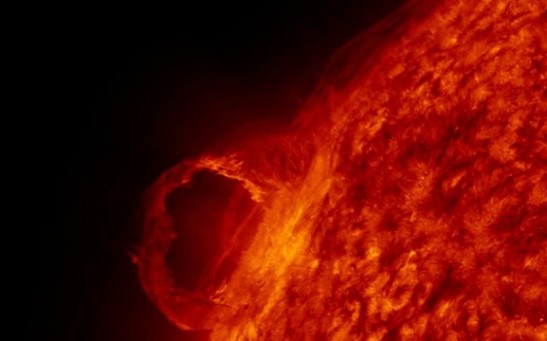Solar Dynamics Observatory
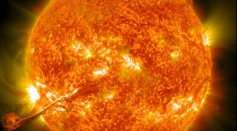
NASA Captured a Piece of Sun's Northern Pole Breaking Off, Leaving Scientists Baffled; How Could This Be Possible?
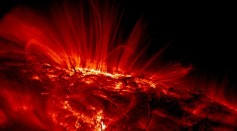
Flashes on the Sun's Upper Atmosphere Could Aid in Forecasting the Next Solar Flare, NASA Says
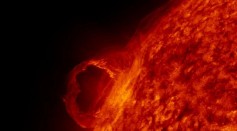
Sun Released Colossal X-class Solar Flare From Previously Hidden Unstable Sunspot That Is Now Facing Earth
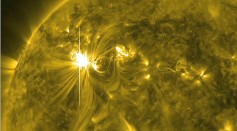
NASA Observatory Captures Sun Emitting Powerful Solar Flare That Caused 'Radio Blackout' On Europe and Africa

NASA Captures Solar Eclipse Visible Only on Solar Dynamics Observatory From Space
Solar Flare Captured on Video: Space Observatories Reveal High-Energy Radiation During the 3-Hour Sun Eruption
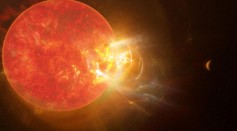
NASA Solar Dynamics Observatory Captures Sun Emitting a Strong Solar Flare With Sunspot Directly Facing Earth
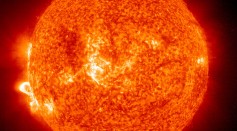
NASA Captures Moderately Strong Solar Flare in the Northeastern Part of the Sun Spotted Friday [Watch Footage]
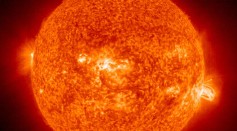
Massive X1 Solar Flare Could Result In Impressive Aurora Lights This Weekend
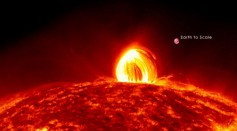
Artificial Intelligence Improves NASA's Sun Images, Solar Dynamics Observatory Says

USPS Issues New Sun Science Stamps Showcasing Different Solar Activity as Seen From Space
Peek A Boo! Moon Photobombs the Sun in Stunning View From NASA Solar Dynamics Observatory
NuSTAR Telescope Helps NASA Find Nanoflares on the Sun
Most Popular

How Technology Is Changing the Real Estate Industry?

How a Plant-Based Diet Can Protect Against Breast Cancer: Insights from Nutrition Research

Study Reveals High Turnover in Scientific Research Careers: What This Means for Future Scientists

Why It's So Difficult to Lose Weight: The Biological Explanation Behind Obesity

